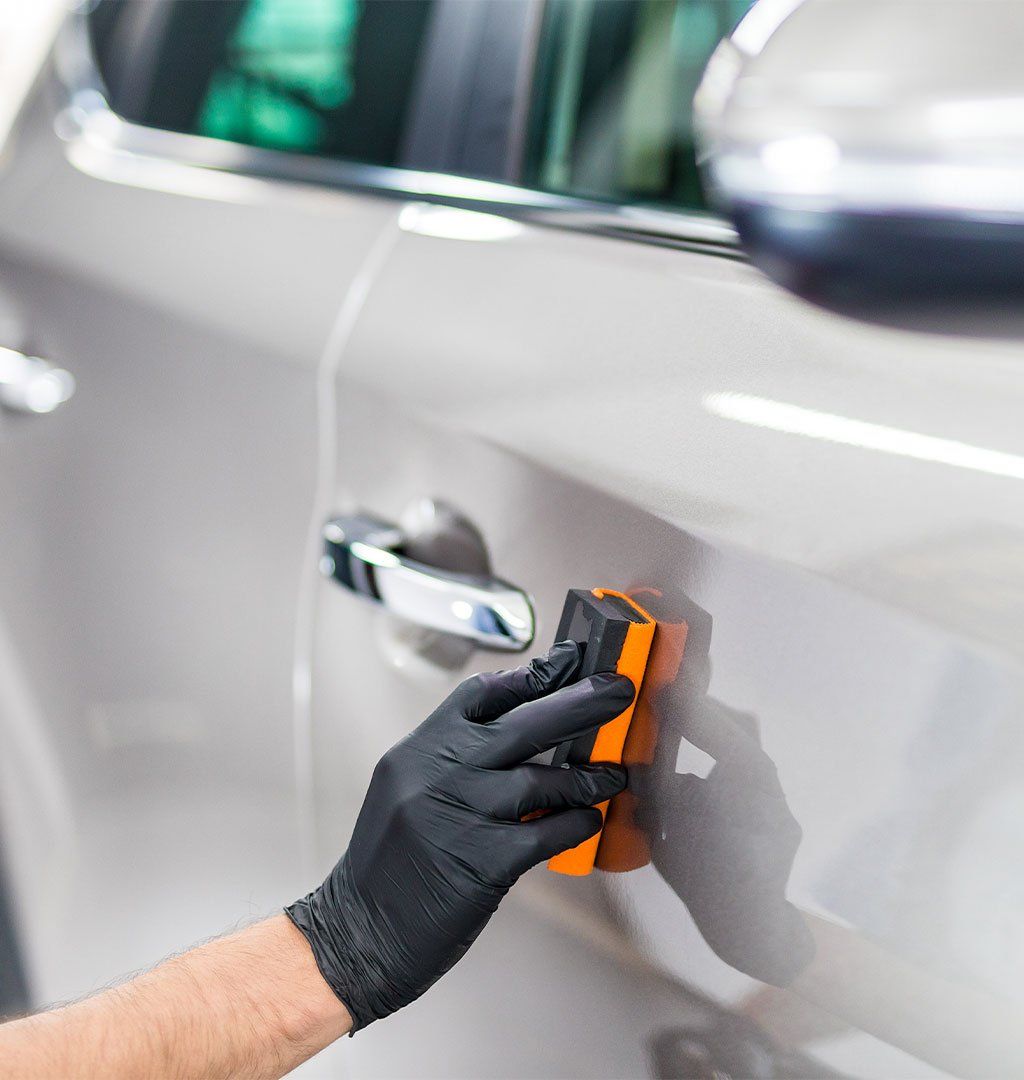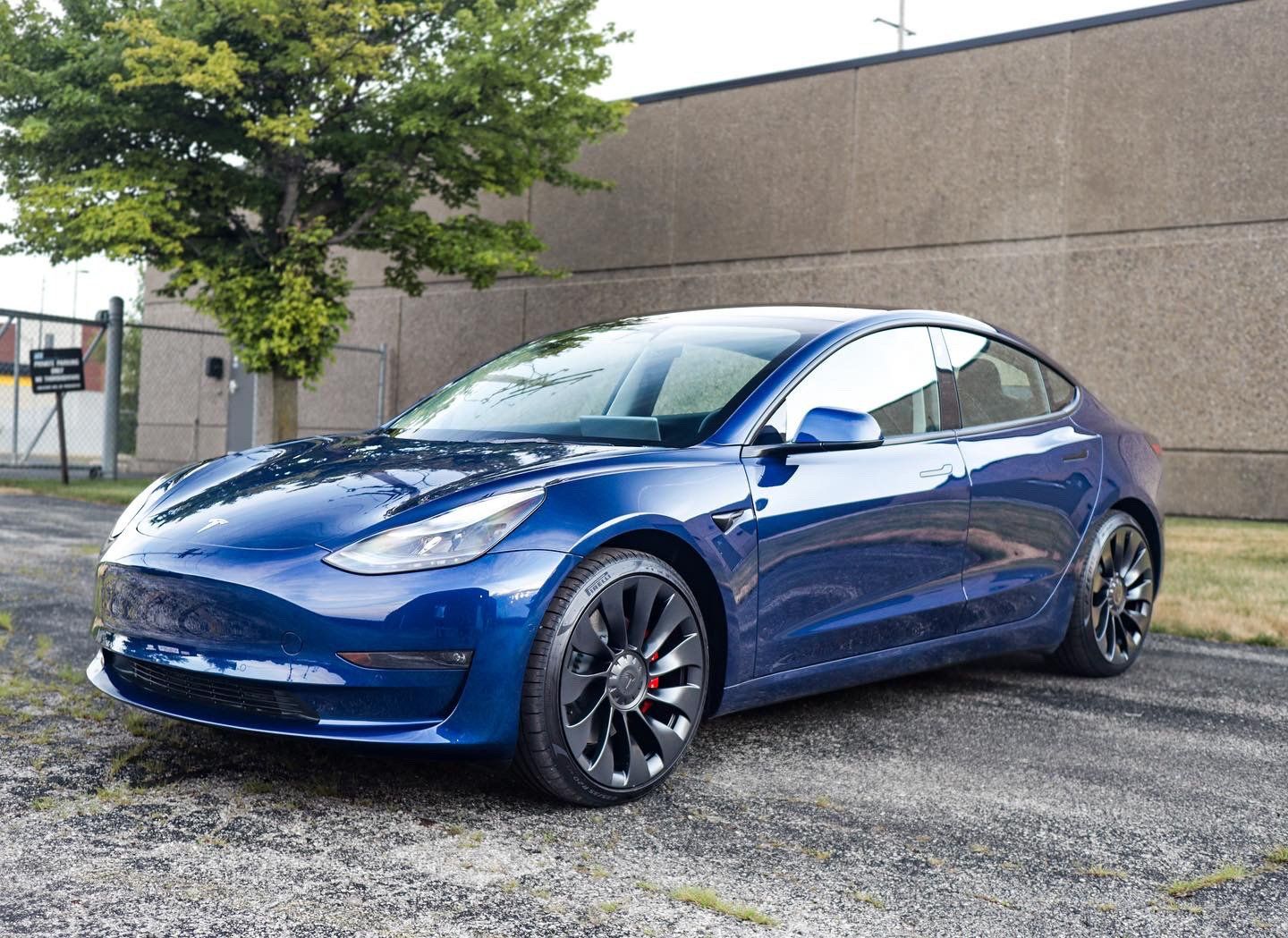How Often to Inspect Ceramic Coating for Wear and Damage: Essential Maintenance Guidelines
CALL (708) 574-8496
GET A FREE ESTIMATEWhen it comes to protecting your vehicle, investing in a ceramic coating can feel like giving your car a superhero cape against dirt, contaminants, and UV rays. But just like any good superhero needs regular maintenance to stay at the top of their game, your ceramic coating also requires ongoing care and attention. This article explores why inspecting your ceramic coating for wear and damage is essential—not just to keep your car looking sharp but also to ensure that investment lasts as long as possible. Let's discuss how often you should check it and what signs to look for so your ride stays as stunning as the day you drove it off the lot. It is recommended to inspect your ceramic coating for wear or damage at least every 3 to 6 months. Regular inspections will help you identify any issues early and maintain the coating's protective qualities over time.
Frequency of Ceramic Coating Inspection
To keep your ceramic coating in optimal condition, regularly inspecting it is key. This isn't just a task to check off; it's about actively preserving the beauty and protection that the ceramic coating offers your vehicle. A good rule of thumb is to conduct visual inspections every 3 to 6 months. This timeframe allows you to gauge how the coating is holding up against environmental elements, such as UV rays, dirt, and contaminants.
- Monthly Quick Checks: Start by dedicating a few minutes each month for a quick visual inspection of your ceramic-coated surface. Look for any signs of wear or damage, like a reduction in water bead formation or dull spots where the finish may appear less glossy. If you notice anything unusual during these inspections, it could be time for maintenance or an application of a ceramic coating booster. It's like checking the tires on your car before a long road trip; a little attention now can save you from bigger issues later.
- Seasonal Inspections: Additionally, seasonal inspections are vital. Think of your vehicle enduring different weather conditions each year; harsh winter roads often treated with salt and other chemicals can be particularly tough on coatings. After the frigid months, take time to closely examine how those elements may have affected your car's finish. Likewise, after summer, inspect for sun damage caused by prolonged exposure to UV rays. This dual-seasonal focus will help you maintain peak performance and appearance. Being proactive about regular inspections lays the groundwork for effective upkeep, which paves the way to more thorough methods you can employ for maintaining that pristine look.
Recommended Inspection Methods
Different methods suit different scenarios when evaluating the condition of ceramic coatings. One of the best ways to start your inspection is with a comprehensive visual check. Look closely at your vehicle's surface, focusing on areas where water should bead up beautifully. If you notice a dull appearance or spots where water fails to roll off, it could mean that the protective layer is degrading. It's like checking the heartbeat of your car's finish—the earlier you spot a problem, the easier and less expensive it will be to fix.
- Visual Assessment: During your visual inspection, try using bright lighting to highlight imperfections. Natural daylight often works best. This will allow you to see surface irregularities that may not be visible in lower light conditions; remember that the clearer the view, the better the maintenance decisions. As you go about this process, keep a small notebook handy to jot down any irregularities you see along the way.
- Physical Testing: Once you've completed your visual inspection, it's time for some physical tests. Use a microfiber cloth to gently run your fingers over the vehicle's surface. If it feels smooth and slick, that's a sign that the ceramic coating is still doing its job. However, if you feel roughness or stickiness, that may indicate it's time for reapplication or additional maintenance. Consider utilizing these two methods—visual and physical checks—as a routine part of your upkeep. They act as early warning systems for potential damage to your coating. These methods help identify any anomalies, pinpointing wear and damage before they escalate into larger issues. Another recommended practice is performing a water beading test, which can provide further insights into how well your coating resists water and contaminants.
Identifying Wear and Damage
Understanding how to identify wear and damage on your ceramic coating can mean the difference between ongoing protection and costly repairs. Each sign of deterioration is like a subtle whisper, urging you to take action before things get out of hand. The first sign to look for is the lack of water beading. When the coating is fresh, water droplets should bead up and roll off like tiny marbles. However, when you notice that water no longer beads on your car's surface, it's an early indicator of trouble. This change usually occurs because the protective layer has degraded or worn thin. Next in line are visible surface imperfections, which are more than just an aesthetic issue; they signal compromised protection. Small surface defects can allow environmental contaminants—like dirt, grime, or harsh chemicals—to penetrate the paint beneath. If you see irregularities on the surface, it's essential to assess whether they are superficial or have deeper implications.
A third notable visual cue is the loss of gloss. This isn't just about shine; it symbolizes the absence of smoother surfaces that reflect light well. If your vehicle's finish appears dull compared to newly coated sections, it indicates that the ceramic coating may need immediate attention. A drop in gloss could suggest that contaminants or UV rays are breaking down the chemical bonds within the coating. It's especially important to keep an eye on how well dirt and grime adhere to your vehicle's surface. If you find that dirt seems to stick more readily to your car after a wash, this is another glaring sign of possible coating failure. Remember that a properly maintained ceramic coating helps keep your vehicle cleaner for longer by providing a hydrophobic layer.
Importance of Regular Maintenance
Regular maintenance is crucial for maintaining both your vehicle's appearance and the effectiveness of its protective coating. When you commit to regular upkeep, you're saving yourself from costly repairs and enhancing the longevity of your vehicle's aesthetic appeal.
- Prolonging Lifespan: Regular maintenance prolongs the lifespan of ceramic coatings by preventing harmful substances from degrading the protective layer. After many months or years, your car is exposed to a variety of environmental contaminants, such as tree sap, bird droppings, and road salt. Without proper cleaning, these substances can degrade even the strongest finishes. By regularly washing your vehicle and using pH-neutral cleaning agents, you're creating a protective barrier that prevents these elements from embedding themselves into the coating. The habit of frequent washing helps keep the surface clean while allowing you to identify any blemishes or areas needing attention before they evolve into larger problems.
- Ensuring Top Performance: Beyond merely protecting against grime, a well-maintained ceramic coating continues to provide robust defense against UV rays and environmental pollutants. These can damage your paintwork over time if left unchecked. If you live in a particularly sunny area, UV rays could fade the color of your vehicle without regular maintenance, diminishing its overall look and value. As the weeks turn into months, daily wear and tear take their toll. However, by incorporating simple practices like using a gentle washing technique or applying a ceramic coating booster every few washes, you're not only helping your car look good but also ensuring that it remains resistant to damage and other forms of wear.
Best Practices for Cleaning Coated Surfaces
To keep your car's ceramic coating in top condition, adopting a mindful washing routine is essential. One of the most effective methods is the two-bucket wash technique. This procedure not only helps ensure your vehicle looks spotless but also minimizes the chance of damaging the surface. Picture this: you have one bucket filled with soapy water, which contains your pH-neutral car wash soap. The second bucket holds clean water dedicated to rinsing your wash mitt after every swipe over your vehicle's surface. By switching between these two buckets, you significantly reduce the amount of dirt and grime being transferred back onto the paint, thereby protecting that precious ceramic layer. It's crucial to choose products designed specifically for ceramic-coated surfaces. pH-neutral car wash soaps break down contaminants without compromising the bond between the coating and your vehicle, allowing the ceramic to do its job effectively—protecting against UV rays and chemical assaults. After completing the wash, it's advisable to dry your car using gentle techniques to prevent water spots and surface marks. A good quality microfiber towel—preferably edgeless—works wonders here. The soft fibers absorb moisture while minimizing any chances of damage.
Enhancing Coating Durability
Several steps can significantly enhance the durability of your ceramic coating, ensuring that it provides a robust shield against environmental hazards. One effective method is utilizing ceramic coating boosters. These specialized sprays not only replenish the existing protective layer but also enhance the hydrophobic properties that keep water and dirt at bay. However, just as important as what you do regularly is what you avoid doing during cleaning. It's crucial to steer clear of harsh cleaners that contain acids or abrasives, as these can quickly wear down your coating and undermine its effectiveness. Instead, opt for pH-neutral car wash soaps specifically designed for automotive finishes. These gentle cleansers will safely lift grime without compromising the coating's structural integrity. Furthermore, another proactive measure involves protecting your vehicle from extreme environmental conditions. Whenever possible, try to park in shaded or covered areas—the sun's UV rays can significantly degrade ceramic coatings over time. High heat can promote failure of the protective layer; similarly, abrasive elements like road salt and sand can wear down the surface if left unchecked. Creating an environment where your vehicle is shielded from extreme weather will help maintain the coating's functionality for longer periods.
Benefits of Routine Inspections
One of the most compelling reasons to schedule routine inspections for your ceramic coating is early detection. This crucial step can identify wear and damage before they develop into more significant issues that may require extensive and costly repairs. Imagine catching a small chip or surface irregularity before it leads to deeper problems—early detection is like addressing potential issues before they become major concerns. Along with preventing headaches, this proactive approach brings cost savings. By addressing minor problems promptly, you can prevent the need for full reapplications, which can be a significant investment. A little vigilance can lead to substantial financial benefits. Regular inspections also play a pivotal role in maintaining your vehicle's aesthetics. People notice a car with a flawless finish, and keeping it looking new and shiny can enhance its market value. When it comes time to sell or trade in your vehicle, that pristine look will stand out and potentially bring higher offers. Another benefit tied closely to regular inspections is ensuring enhanced protective features. Over time, environmental elements like UV rays, dirt, and debris can impact the efficacy of your ceramic coating. Routine checks confirm that it is still effectively protecting against these harmful factors. You'll maintain your vehicle's appearance while ensuring it remains safeguarded against wear and tear.
Maintaining your ceramic coating through regular inspections and proper care is essential for preserving both your vehicle's appearance and its protective qualities. By conducting inspections every 3 to 6 months, using gentle cleaning techniques, and staying vigilant for signs of wear, you can ensure your investment continues to provide maximum protection and aesthetic appeal. Regular maintenance isn't just about keeping your car looking good—it's about protecting your investment and ensuring long-lasting performance. Implementing these recommendations ensure that your vehicle not only looks fantastic but also stands strong against the wear and tear of daily life.
Carol Stream’s Trusted Ceramic Coating Experts
Protect your vehicle with the long-lasting brilliance it deserves at D'Andrea Auto Detailing & Ceramic Coating. Serving Carol Stream, IL, our
expert ceramic coating services provide unmatched gloss and durable protection against the elements, road grime, and UV damage. Whether you drive a daily commuter or a weekend showpiece, we apply every coating with precision to preserve your paint and enhance your car’s finish. Ready to maintain that showroom shine for years?
Contact D'Andrea Auto Detailing & Ceramic Coating today to schedule your ceramic coating service!





